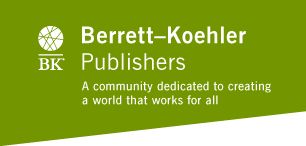- Richard Daft is the author of two leading management textbooks, each of which has sold over 230,000 copies: Organization Theory and Design, 6th Edition and Management. 4th Edition
- Offers a striking new metaphor for managing and leading organizations-based on the principle of fusion (a joining together) rather than fission (a splitting apart or separation)
- Presents practical applications of fusion technologies-doable solutions to real problems-and inspires leadership and change
- Provides a personal, practical bridge to New Science and Systems Theory ideas
Fusion Leadership describes a new way of leading based on "fusion," a coming together of whole individuals to accomplish mutual goals based on shared vision and values. Fusion leaders are those who engage not only the bodies and minds of their employees, but also their hearts and souls. Unlike the traditional, hierarchical "fission" management style used for centuries in business, fusion leadership supports personal growth and ingenuity, qualities that facilitate change.
Building on the New Science assumptions that organizations can act as living systems and evolve with changing conditions, Fusion Leadership shows, in practical terms, how individuals and organizations can grow together. Fusion, the authors reveal, unleashes subtle forces-mindfulness, vision, heart, courage, communication, and integrity-which can fundamentally transform organizations.
Mindfulness, they say, represents independent thinking, personal creativity, and an open mind. Vision encompasses the higher purpose toward which people work. Heart represents caring and compassion-positive feelings that underlie workplace relationships. Communication influences vision, values, and emotions; it also involves listening and discerning. Courage motivates people to take risks. Integrity involves honesty, trust, and service-going beyond self-interest to give something to the organization. Through stories, parables, and probing questions, the book helps readers begin to revive these qualities within themselves. It also shows the value and applications of social technologies based on conversation-including dialogue, future search, and whole-scale change-which leaders can use to create organizational fusion, unleashing new synergies among people and achieving far-reaching results.
 0 items in cart
0 items in cart









